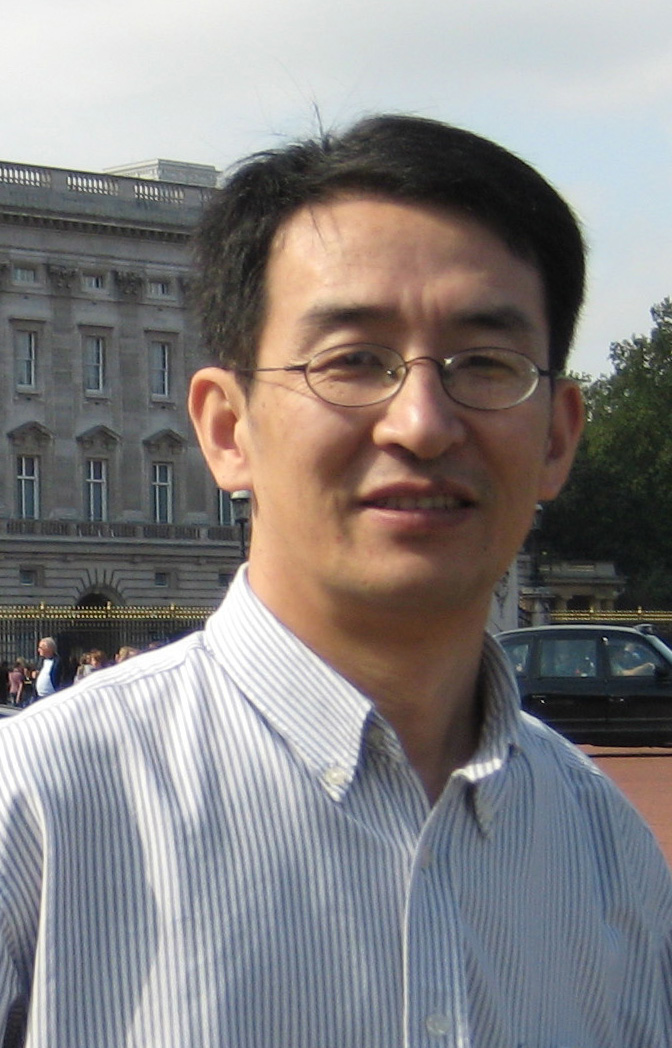报告题目:Defective Carbons for ElectroCatalytic Reaction: A Defect
Catalysis Mechanism
报告人: Prof. Xiangdong Yao
Griffith University, Australia
时间: 3月28日(周二)上午10:00
地点: 卢嘉锡楼202报告厅
在下是报告的摘要部分和报告人的简介部分:
Abstract:
Electrochemical reactions, e.g. oxygen reduction (ORR), hydrogen evolution (HER) and oxygen evolution reaction (OER), are key to energy conversion and storage. For example, ORR is a determining step for fuel cells; HER and OER are for water splitting; Combination of ORR and OER can form a metal-air battery. Up to now, platinum (Pt) exhibits the best performance, and Pt/C is the commercial cathode catalyst for the reactions. However, the large-scale use of Pt is not implementable because of the high price and limited supply. Therefore, numerous efforts have been devoted to search for non-Pt catalysts. Carbon is one of the candidates.
We recently demonstrate a new defect mechanism of carbons for oxygen reduction reaction (ORR). It is predicted by the first principle calculations that a type of 585 defects on graphene (G585) is more effective than N-doping for ORR, and our experimental investigations show strong support to this theoretical prediction. This new mechanism has also been demonstrated for other electrochemical reactions such hydrogen evolution reactions (HER) and oxygen evolution reactions (OER). It is also demonstrated that the vacancies in metal oxides can promote significantly the OER. The research reveals that the defects may play a universal role for reactivity of electrochemical reactions. Furthermore, the defects on carbons can trap useful metallic species in different scales to further improve the electrochemical activity.

Author Biography
Dr Xiangdong Yao is a full Professor of Energy Materials at Griffith University. He obtained his BEng at Northeastern University in 1989 and MEng at Northwestern Polytechnical University in 1992 respectively for Materials Science and Engineering. From 1992 to 2000, he was employed in Institute of Metal Research, Chinese Academy of Sciences as Research Associate (1992), Assistant Professor (1995) and Associate Professor (1998). In 2000, he came to The University of Queensland where he was granted the PhD degree in Materials Engineering in 2005, working on the computational modeling for microstructure formation in light metals. From November 2003, he joined the ARC Centre of Excellence for Functional Nanomaterials at The University of Queensland. Since November 2009, he joined Griffith University as an Associate Professor and the group leader of Advanced Energy Materials, and promoted to full Professor in late 2012. Dr Yao’s current research focuses on Energy Materials, especially hydrogen-related materials.
欢迎有兴趣的老师和同学参加!
固体表面物理化学国家重点实验室
biwn必赢
2017年3月27日
